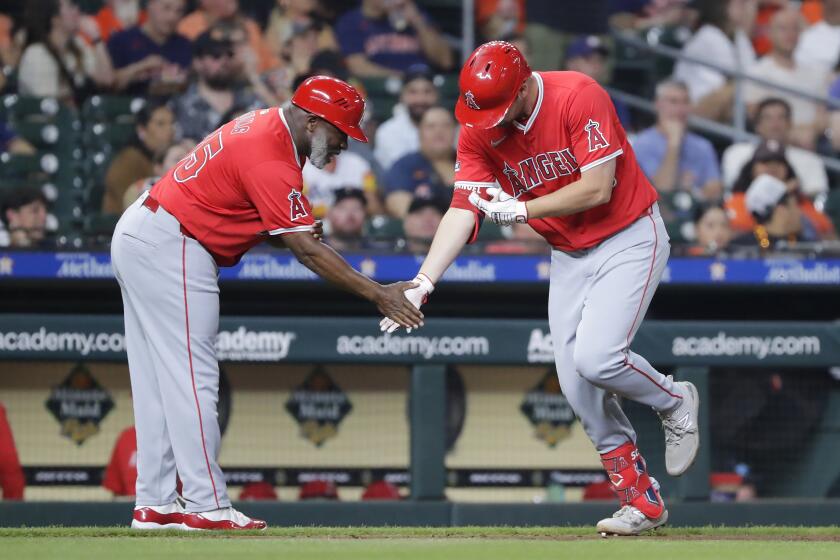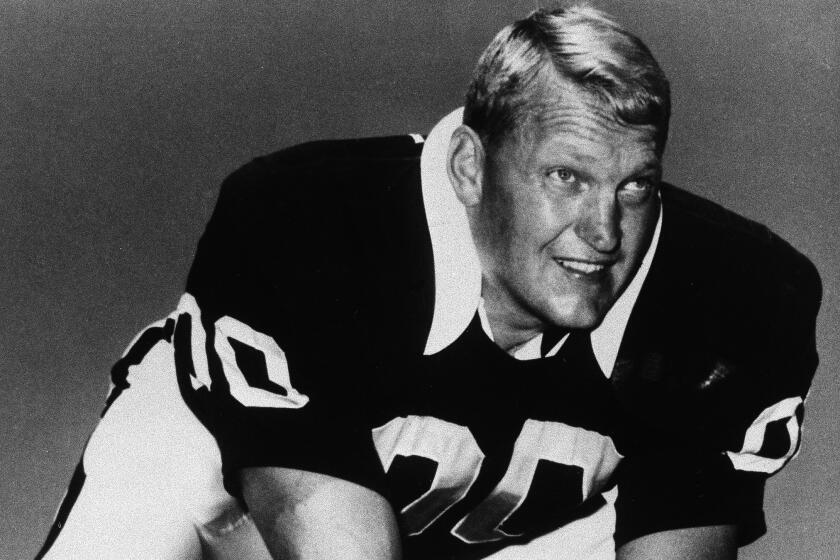Not Much Gets Past Pasarell
Charlie Pasarell, merging his duties as tour guide and tournament director, recently wandered down to the empty secondary box office at Indian Wells Tennis Garden for the first time in months. He looked around and spotted leaves on the floor.
That wasn’t the problem. There were chairs from the luxury suites in the box office. “These aren’t supposed to be here,” he said.
Minutes later, he met a staff member and matter-of-factly told him about the chairs and asked if they could be moved immediately.
If you have spent any time around Pasarell, you know that has always been his problem-solving mode. In the first year at Grand Champions Resort, in 1987, fun was poked at high food prices, in particular, the fruit.
A day later, he pulled a reporter aside. If he was irritated about the note, it didn’t show. Pasarell had lowered food prices, by as much as a dollar in some instances, and he wanted to announce that that change was effective that day.
Apple and oranges. It sounds so mundane, but Pasarell has established an effective track record, building one of tennis’ premier tournaments by his attention to the details. Last year’s successful opening of the new facility--featuring a 16,100-seat main stadium, the world’s second-largest--was well received by players and the public, drawing 186,000 spectators. Act II started Monday with women’s qualifying in the Tennis Masters Series at Indian Wells.
“To be honest, I didn’t even have time to get anxious,” Pasarell said of the debut in 2000. “Obviously, I felt very proud, but I didn’t try to build it up too much. If you do that, the expectations exceed what you have. Obviously, I think it’s great. I don’t know what everyone else was going to say. Most people were very impressed with what we have done. Not only the size, but the quality.
“There’s a lot of fixing up, operationally, but it’s in process. It will take a few years. We’re starting to understand the facility, the shortcomings of it and how it works.”
Which reminded him of something else . . .
Pasarell checked out the sight lines himself in the stadium last year. But one thing got past him, mainly, because he is not a short man. Tournament officials started hearing from fans, who could not see the back of the court from the front row of the loge seats.
“If you were a short person, you couldn’t see,” he said. “We had to knock down the wall, slope it differently. It was a matter of two inches. It’s amazing how much difference two inches can make. Two inches represent about 15 feet of sight line.
“It sounds weird. I try to catch everything. But to me, it’s a big problem. There’s nothing we built that can’t be fixed, if there’s a mistake.”
All this means the visible changes at the Garden in 2001 will be subtle, rather than major. One difference is that the women’s draw has been increased to 96, drawing criticism from Monica Seles because players face an additional round.
Main-draw play begins Wednesday. Among those scheduled to play are top-ranked Martina Hingis, defending champion Lindsay Davenport, Venus Williams, 1999 champion Serena Williams, Seles and Elena Dementieva, who lost in Sunday’s final in Acapulco.
This is one of the rare times the Williams sisters are in the same draw at a non-Grand Slam event. If form holds, they would meet in the semifinals. However, Serena could face Davenport in the quarterfinals, and Venus may meet Dementieva in the quarters. Last month, Venus was hampered by a knee injury, losing to Magdalena Maleeva in the semifinals at Nice, France. Serena has not played since the Australian Open, pulling out of tournaments in Paris and Scottsdale for various reasons.
Jennifer Capriati is not playing because Indian Wells was not on her schedule in 2001. Also absent will be Anna Kournikova (stress fracture in foot).
Men’s qualifying is scheduled for Saturday and Sunday. The main draw of 64 begins March 12.
More to Read
Get our high school sports newsletter
Prep Rally is devoted to the SoCal high school sports experience, bringing you scores, stories and a behind-the-scenes look at what makes prep sports so popular.
You may occasionally receive promotional content from the Los Angeles Times.







